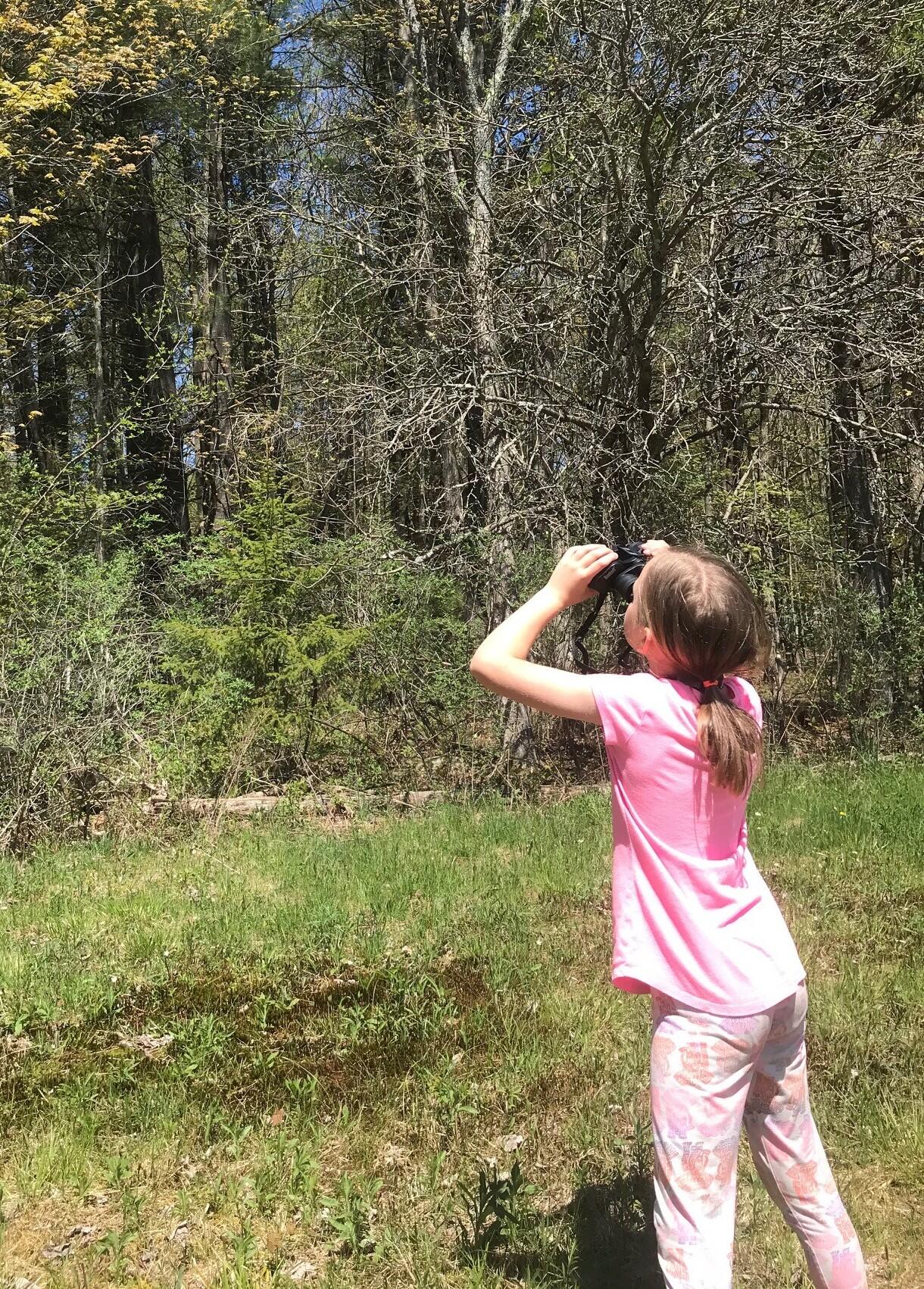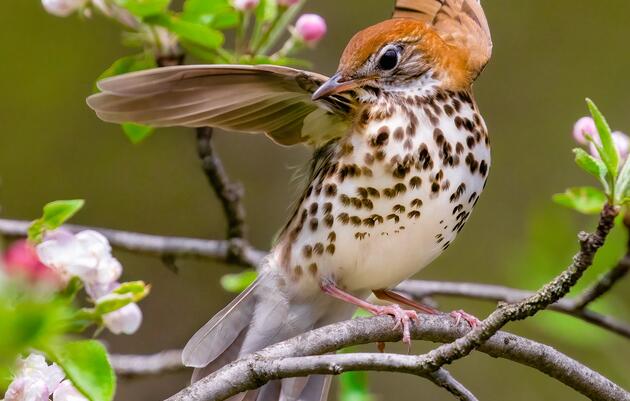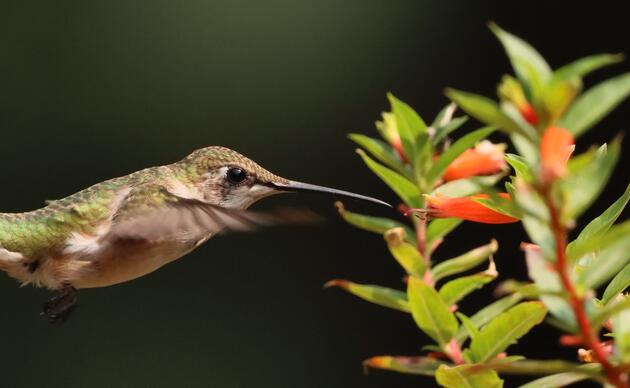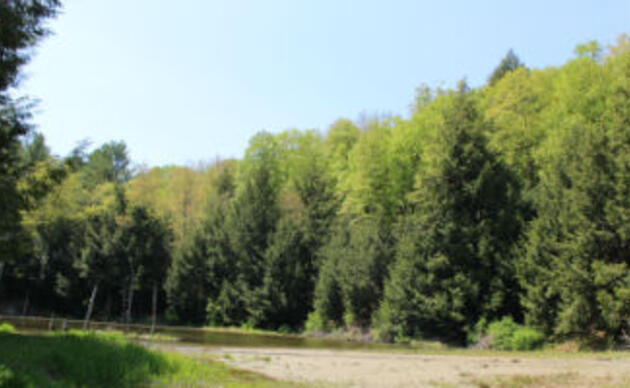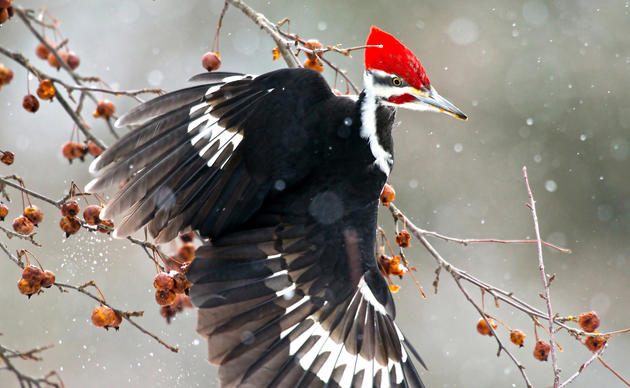April in Vermont brings the beginning of one of nature’s most amazing feats, the return of migratory birds. After spending the past 6-8 months on their wintering grounds, in places as far away as South America, migratory species are currently enroute to their summer breeding grounds where they will attempt to raise the next generation of their species. It is likely that you have already seen and/or heard a few of the early arrivals, such as Song Sparrow, Eastern Phoebe, and maybe even a Pine Warbler. Species like these are termed short-distance migrants, with at least some of their wintering population remaining in the US over the winter. Short-distance migrants are more likely to respond to regional weather variations by moving either earlier or later toward their breeding grounds. Frequently, these early arriving short-distance migrants will already be in Vermont when a late season snowfall occurs (yes, it still could happen!). In these situations, it is tempting to put up the bird feeders once again to help them out a bit. It is best to avoid this temptation! Black bears are also out and about and the last thing we want is for them to be drawn into our backyards. Keep in mind that this is not the first time these birds have experienced these types of conditions. They are adaptable and hopefully can find the food resources they need for a day or two until the snow inevitably melts away.
As the calendar turns over to May, the migratory bird activity will pick up at a greater pace. Throughout the month we start to find the long-distance migrants showing up in the Green Mountain State. These are species that generally see the majority, if not all, of their winter populations in Central America, Mexico, the Caribbean, or South America. The timing of their migration is often based on an internal biological clock and changes in day length. There is much here however that still largely remains a mystery. May is the time to be on the listen for the “dawn chorus.” Such is the term for the diverse and abundant bird song that can be heard in the early morning as males sing on their breeding territories. The list of species contributing to the dawn chorus is too long to fully list here, however a few of the more common to keep an ear out for in the forest are Blue-headed Vireo, Ovenbird, Wood Thrush, Black-throated Green Warbler. In shrubby areas listen for Chestnut-sided Warbler, Common Yellowthroat, and White-throated Sparrow. If you are new to birding, or just need a refresher on bird songs and ID, check out Audubon's Bird Guide App and Cornell Lab of Ornithology’s Merlin app. Merlin also has a sound ID feature. Just press the “record” button, and Merlin will generate suggestions for the birds it's hearing! For many folks, this technology is a game changer!
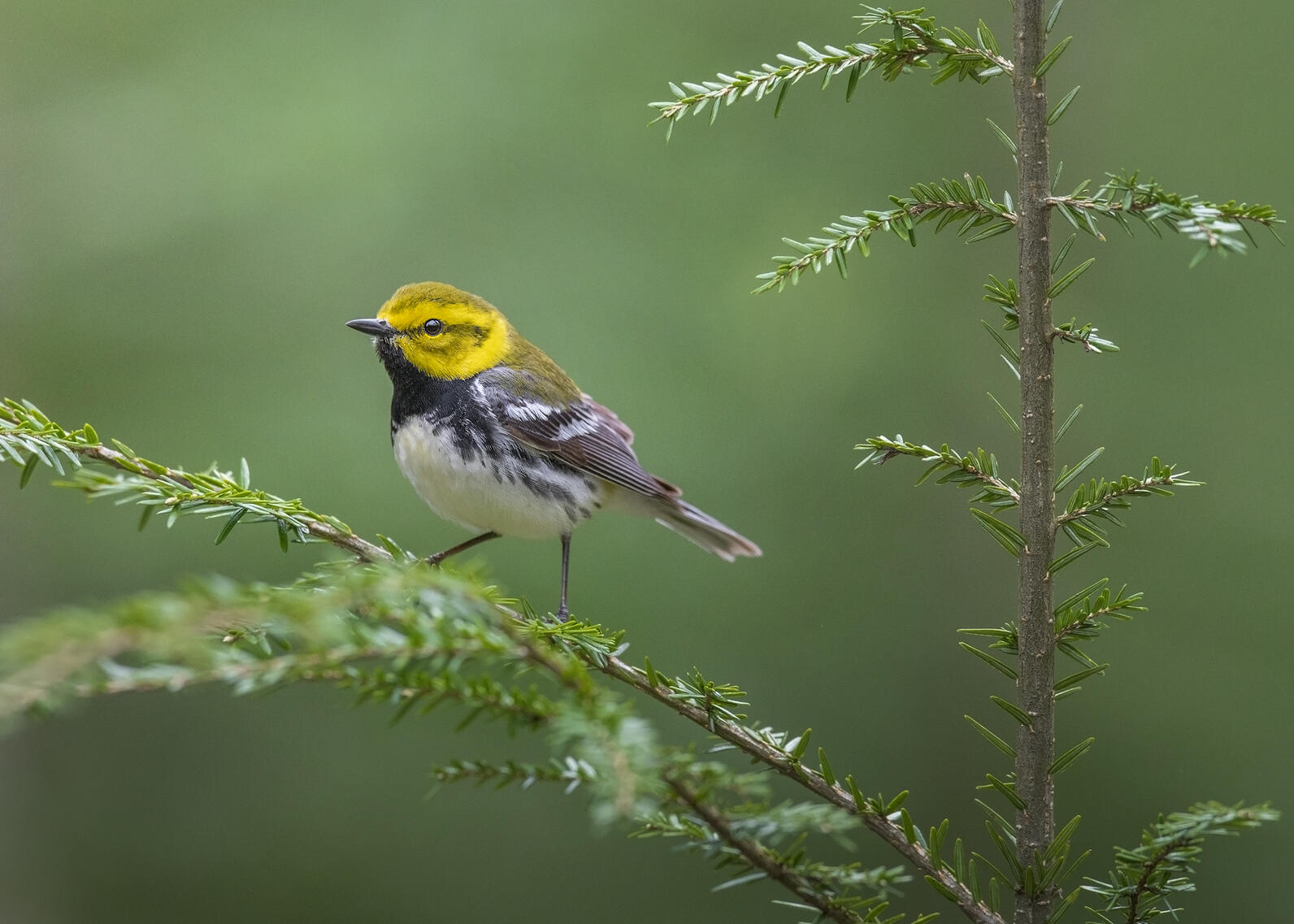
There are a few other online resources that can help with appreciation and understanding of bird migration. Audubon’s Bird Migration Explorer is your guide to the heroic annual journeys made by over 450 bird species, and the challenges they face along the way. Simply enter a species you are interested in learning more about and view an interactive map showing the migratory pathways they take over the course of a calendar year and more. BirdCast, a product of The Cornell Lab of Ornithology, Colorado State University, and UMass Amherst, is also an interactive online tool that showcases the spectacle of bird migration through information related to when, where, and how far birds migrate on any given day (or night when the majority of migration happens). With BirdCast you can explore bird migration forecast maps, sign up to receive local bird migration alerts, play live bird migration maps in real-time, and more.
You can help birds have a safer migration journey by taking simple steps to make your home bird-friendly! Keep feline friends indoors. Help night migrating birds stay on the right path by turning off non-essential outdoor lights. Use exterior screens or a pattern of decals to make your windows more visible to birds and prevent deadly collisions. You can even make your yard a migration rest stop by planting native plants to provide food and shelter!
Spring is the time of awakening in the natural world and few things represent this more than the return of migratory birds to Vermont. Consider devoting some intentional time to get outside and enjoy the activity that is happening around you. I guarantee you it will be worth it!
